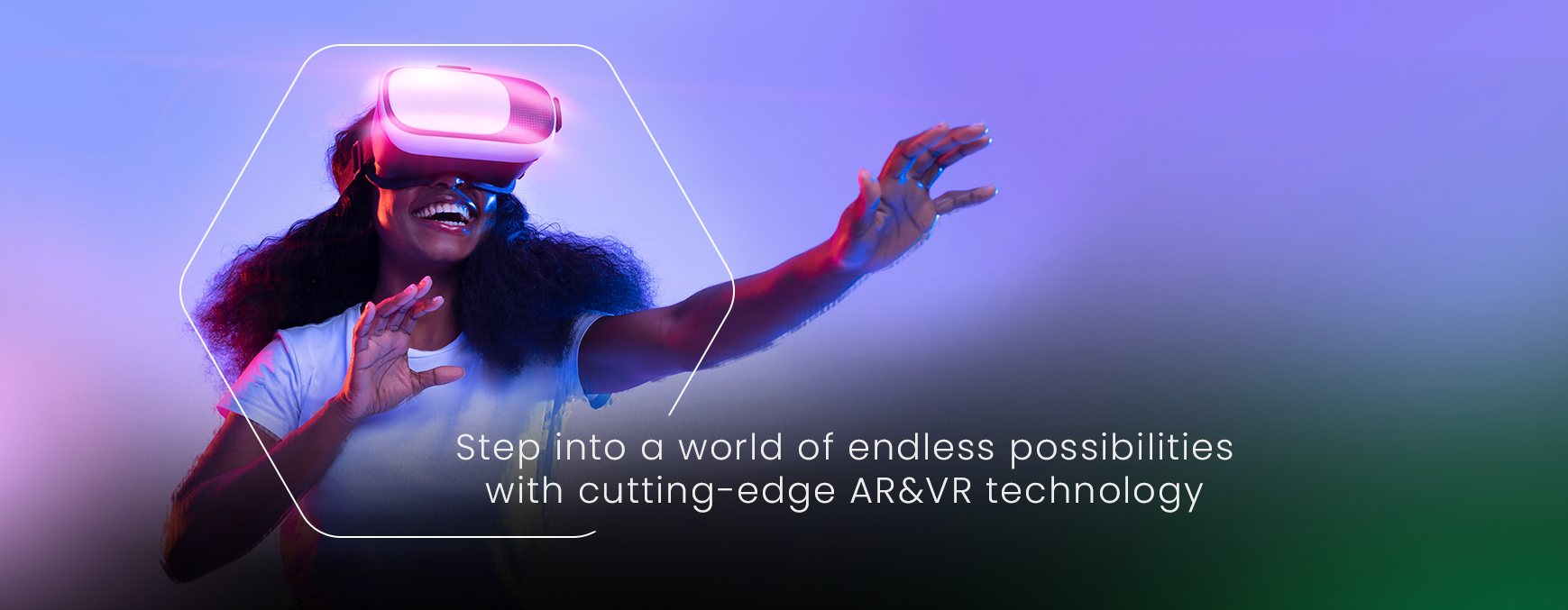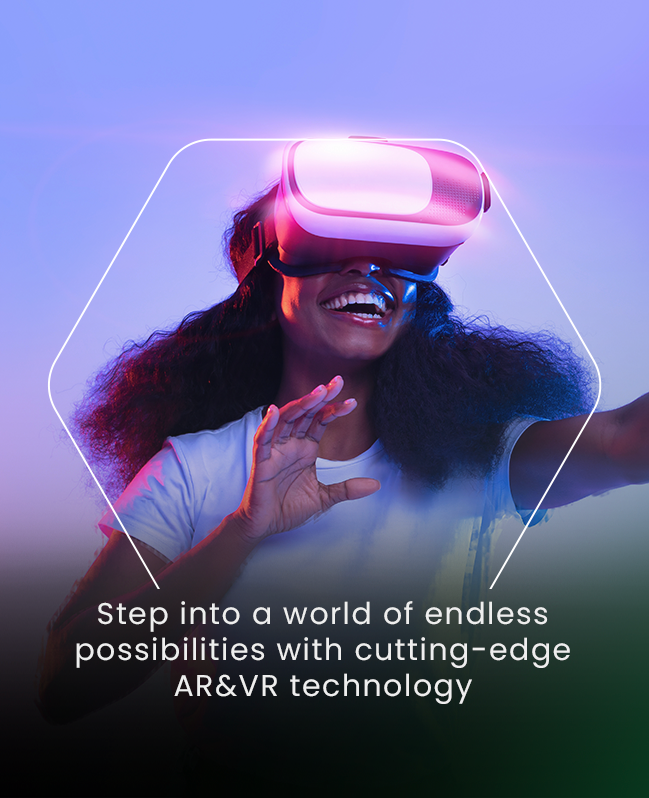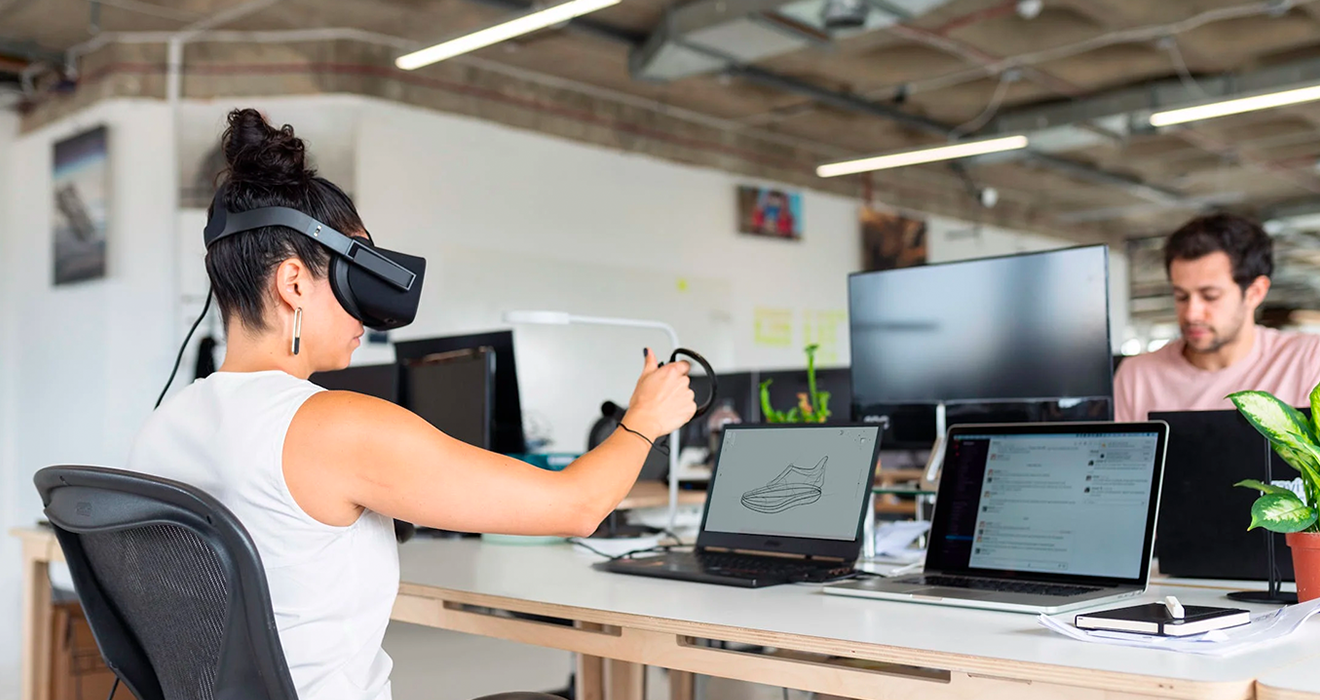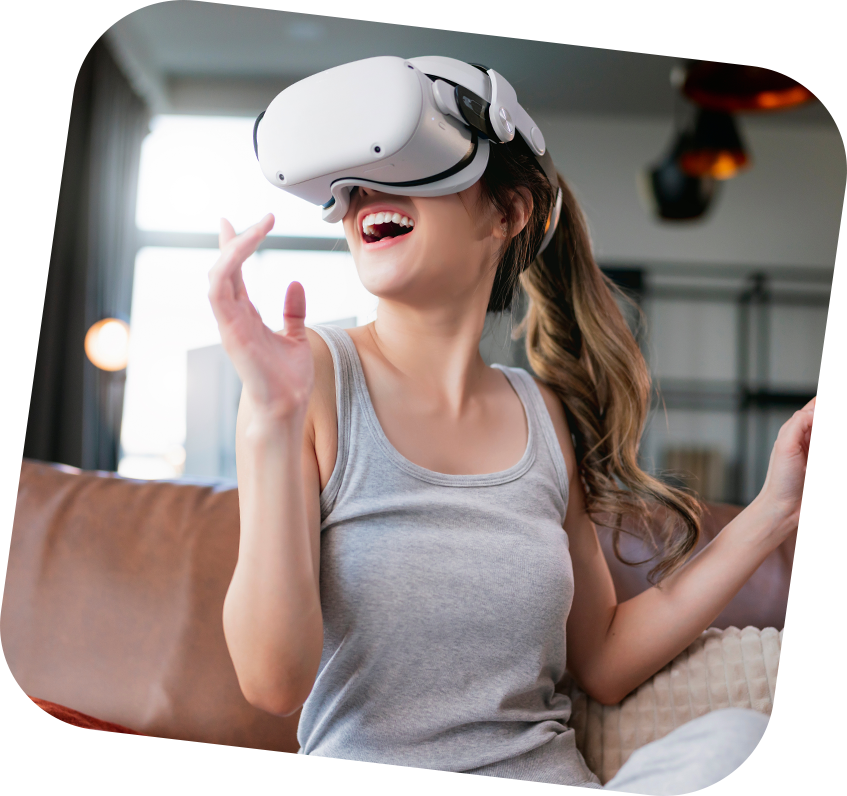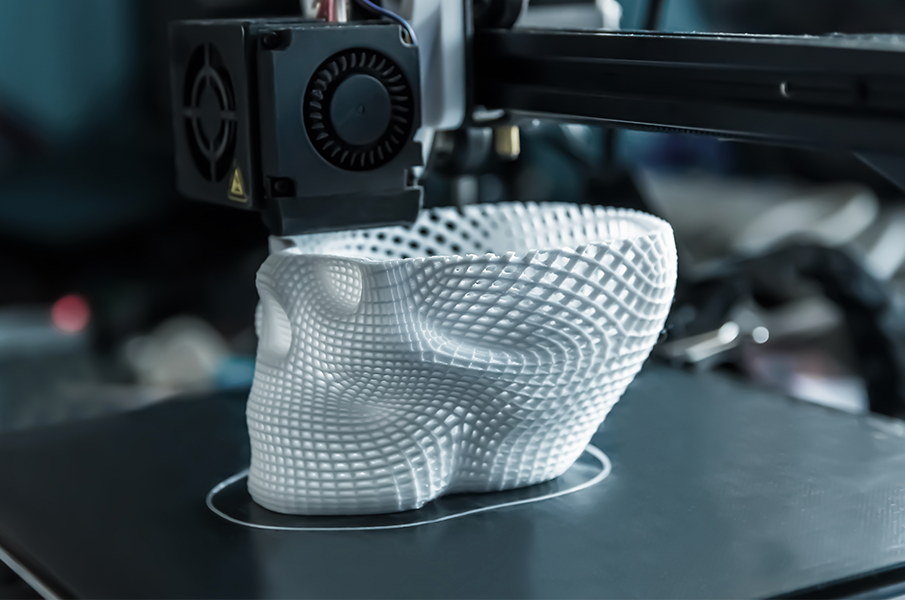FAQ's
Augmented Reality (AR) overlays digital elements onto the real world through AR devices, while Virtual Reality (VR) immerses users in fully simulated environments using VR products. Both technologies enable highly interactive experiences across learning, gaming, training, and business applications.
Augmented reality products create interactive touchpoints, allowing customers to visualize products, try features virtually, and make informed decisions. This personalized experience increases brand recall, reduces doubts, and builds lasting connections with the audience.
Virtual reality products allow clients to explore homes, apartments, and commercial spaces virtually, saving time and effort. These immersive tours provide a realistic feel of properties, improving decision-making and reducing the need for physical visits.
Businesses can begin by identifying goals—whether training, marketing, or customer engagement—and selecting the right AR VR devices. Redington provides end-to-end support, from choosing virtual reality products to designing metaverse experiences tailored for business needs.
Virtual reality products are widely used in real estate, healthcare, education, automotive, and entertainment. They provide immersive simulations, property walkthroughs, training modules, and engaging customer experiences that improve efficiency, reduce costs, and enhance user satisfaction.
